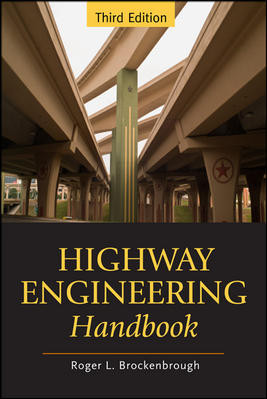 |
| William Panos |
Looking ahead to President Trump’s $1-trillion, 10-year infrastructure plan, rural states are laying down a marker. Transportation officials from rural areas say public-private partnerships generally won’t help them. They say they need direct federal funding.
At a Feb. 8 Senate Environment and Public Works Committee hearing, William Panos, Wyoming Dept. of Transportation director, said, “Public-private partnerships and other approaches that depend on a positive revenue stream are not a surface-transportation infrastructure solution for rural states.” Panos, testifying for DOTs in Idaho, Montana, North Dakota, South Dakota and Wyoming, said, “Any surface-transportation initiative should strongly emphasize formula funding.” He supports the 2015 Fixing America’s Surface Transportation (FAST) Act’s funding formula.
Steve Hall, an American Council of Engineering Companies vice president, says, “I think the message that has emerged … is that, if we’re going to do something big on infrastructure this year, it has to include something for the traditional federal programs to meet the needs of those states where there’s not a logical [public-private partnership] project.”
Trump campaign advisers have suggested drawing private infrastructure investors via tax credits. DOT Secretary Elaine Chao has said she believes direct federal funding would be in the plan, too.
Brian Pallasch, an American Society of Civil Engineers managing director, says rural areas could use P3 packages of small projects; Pennsylvania is rebuilding 558 bridges through such a P3. He says a new big infrastructure plan should have private dollars, plus state and local funds. “But there are going to be projects that still just need federal assistance, short of private-sector involvement … tax credits and all the other things that we’re talking about,” he says.
Rural voices have had an impact. The FAST Act sets aside for rural areas at least 25% of $4.5 billion in non-formula grants for key freight and highway projects. Congress also said at least 20% of the roughly $500 million in DOT 2016 TIGER grants had to go to rural projects.



